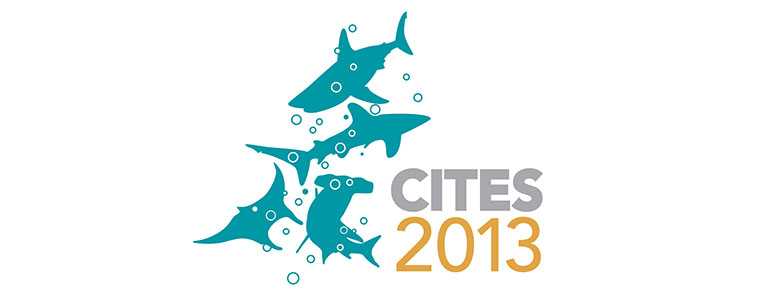CITES 2013: Manta Ray Gill Plate ID Guide
 The genus Manta, which includes the oceanic manta ray (Manta birostris) and the reef manta ray (Manta alfredi), is proposed for inclusion in Appendix II at the 16th Conference of the Parties to the Convention on International Trade in Endangered Species of Wild Fauna and Flora (CITES).
The genus Manta, which includes the oceanic manta ray (Manta birostris) and the reef manta ray (Manta alfredi), is proposed for inclusion in Appendix II at the 16th Conference of the Parties to the Convention on International Trade in Endangered Species of Wild Fauna and Flora (CITES).
Manta rays are closely related to mobula rays, of which there are nine species. Together, these species comprise the family of Mobulidae and are known as the “mobulid rays.”
Manta rays are found throughout the world's tropical and temperate oceans. They are large animals with few natural predators. The manta ray's biological characteristics make them highly vulnerable to directed fisheries. They take a long time to reach sexual maturity, have long gestation periods, and often give birth to a single pup. Both species of manta rays are considered Vulnerable by the IUCN Red List of Threatened Species.
Effective enforcement and monitoring of international trade will be enhanced through the ability to easily distinguish between the gill plates of the mobula rays and those of manta rays.
This guide is intended to help enforcement and customs personnel in the provisional identification of manta rays and manta gill plates. Definitive DNA tests are also available to confirm visual identification if needed for prosecution or verification purposes.







